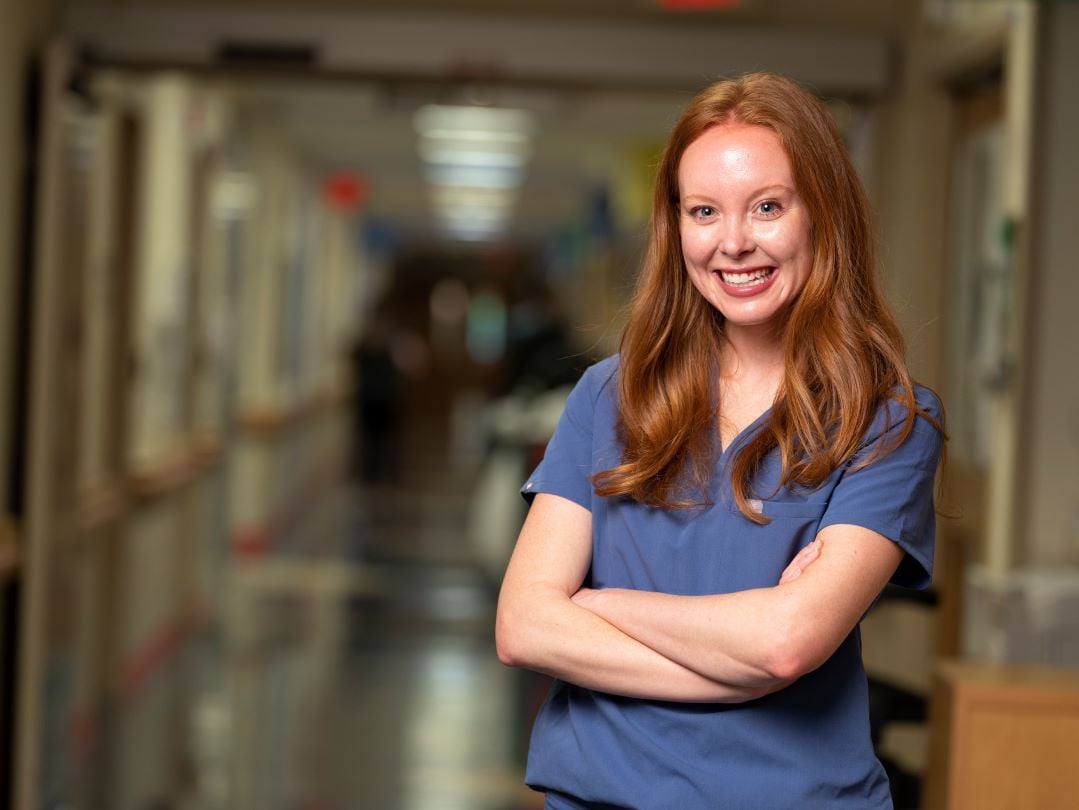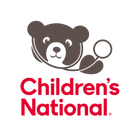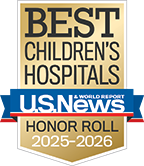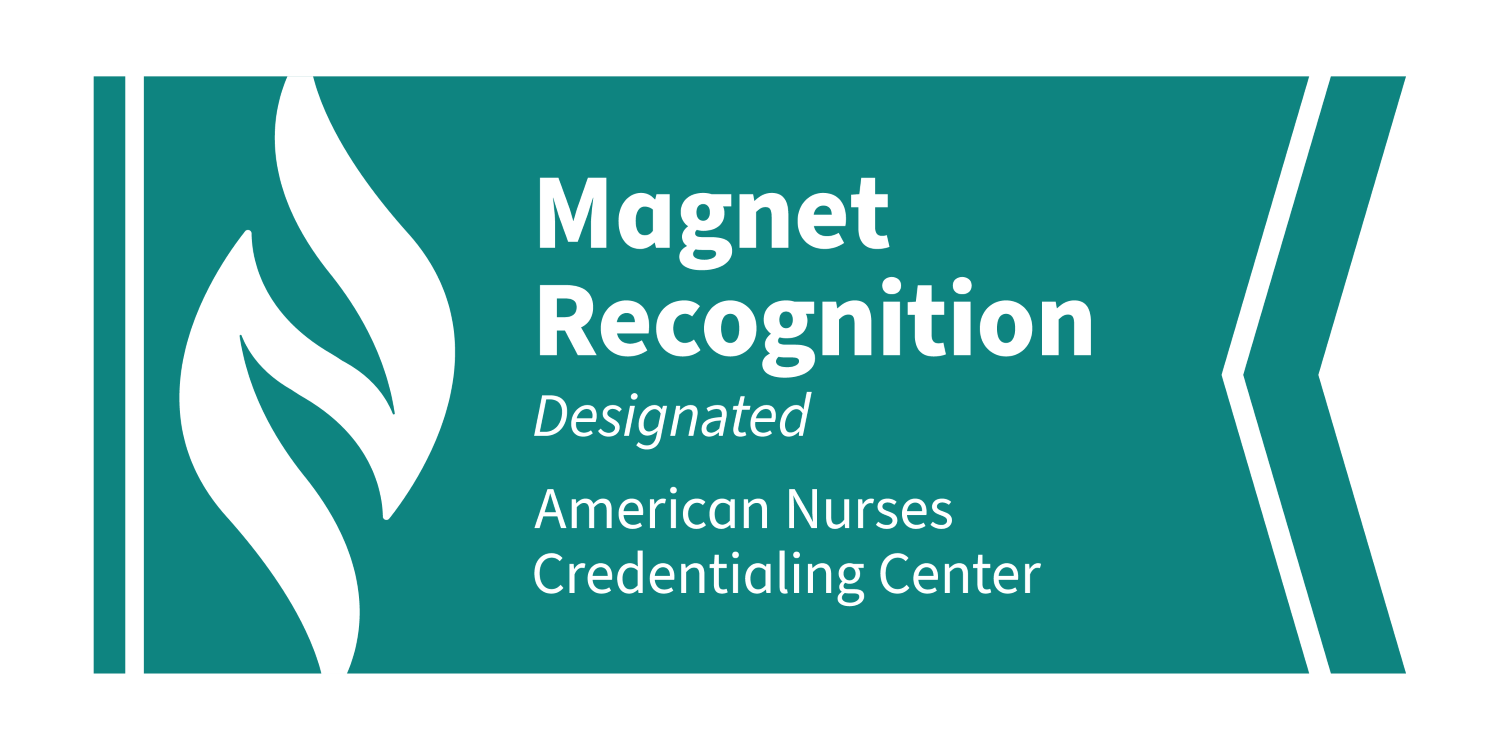
Meet Morgan Wainwright, BSN, RN, BMTCN
Pediatric Oncology Nurse

As a pediatric oncology nurse with more than five years of experience at Children’s National, Morgan Wainwright sees first-hand the effects that cancer has on her patients. There is grief and fear, but there is also a feeling of loneliness that comes with long hospital stays and isolation.
Morgan really started to realize the impact of this solitude when her cousin Amanda was diagnosed with breast cancer in September 2020.
“Her battle with breast cancer was not only tumultuous, but it also coincided with COVID-19 pandemic, and she went to all of her appointments – chemo, reconstructive surgery, radiation – by herself and she was lonely,” Morgan said. “Our family is strong and very tightly knit. We showed up and rallied around Amanda, but I recognized a lack of community that could understand what she was going through.”
At the same time Amanda was receiving treatment, Morgan had built a close relationship with one of her patients, Isabel, who was diagnosed with Burkitt Lymphoma at age four. Knowing that Isabel was also isolated from her family and friends, Morgan thought she might enjoy hearing from someone else who understands what it’s like to have cancer. She asked her cousin Amanda if she’d be interested in connecting with Isabel by maybe writing her a letter.
Amanda did much more than that. Not only did she write Isabel several letters, but Amanda also sent her a whole care package full of toys and knitted hats. It was an interaction that brought joy, but it also got Morgan thinking: “How do patients and caregivers meet other people that have cancer? Surely there is a program out there that connects young patients with similar diagnoses to each other.”
That night, Morgan and her husband, Jonah, sat down to do research. Turns out, there wasn’t a platform like this for children and adolescents.
“There's really no system that exists to connect pediatric oncology patients to patients and caregivers to caregivers. There are programs like this in the adult world, but not in the pediatric oncology world,” Morgan explains. That’s when her husband pitched an idea: if this kind of program doesn’t already exist, why don’t you create one?
A few months later Morgan and Jonah, along with Isabel’s parents and Amanda’s brother, got to work establishing a nonprofit called “Letters to Isabel,” based on the interaction that started it all. This past spring, they held their first fundraiser in Indianapolis, Indiana, which has allowed them to hire a software engineer to build the application and technology that will be used to match patients.
Morgan says that facilitating the start of Letters to Isabel has been no small feat, but she is grateful for the opportunity to put this idea in motion. “I love to help people and I love the science behind nursing, but I also have this creative aspect to my brain,” explains Morgan. “This nonprofit has allowed me to tap into this creative part of my brain that I've always felt like I've wanted to use.”
While the program has not officially launched, Morgan says the goal is to start a pilot program at Children’s National where patients and/or caregivers are able to sign up, create a profile, then be matched to another patient/caregiver. She says matches will be based on factors such as age and diagnosis, but participants will be able to specify what factors are most important to them. Once matched, they will then be provided with direct links for communication such as phone numbers and email addresses. Letters to Isabel will also provide age-specific, gender neutral, connection packages, or what they call “a Boombox,” full of items such as coloring pages, stamps and stationery pens. These boxes are meant to facilitate communication for all patients who join Letters to Isabel, especially patients not old enough to have a phone to be able to write messages to their match.
The short-term goal for Morgan and her fellow board members is to have a successful pilot, but the long-term goal is to create a network of support within pediatric hospitals across the country.
“I think the human desire for all of us is to be known and understood. Especially for children who are growing up, and then adolescents, they want to find somebody who is similar to them, whether that's somebody who has just lost their hair or is going through the same diagnosis… Our goal now is to provide a community that's inclusive, that can have shared experiences for people to feel understood and known. And I just think it's important for people who are going through one of their darkest times to know that they're not alone.”
Morgan really started to realize the impact of this solitude when her cousin Amanda was diagnosed with breast cancer in September 2020.
“Her battle with breast cancer was not only tumultuous, but it also coincided with COVID-19 pandemic, and she went to all of her appointments – chemo, reconstructive surgery, radiation – by herself and she was lonely,” Morgan said. “Our family is strong and very tightly knit. We showed up and rallied around Amanda, but I recognized a lack of community that could understand what she was going through.”
At the same time Amanda was receiving treatment, Morgan had built a close relationship with one of her patients, Isabel, who was diagnosed with Burkitt Lymphoma at age four. Knowing that Isabel was also isolated from her family and friends, Morgan thought she might enjoy hearing from someone else who understands what it’s like to have cancer. She asked her cousin Amanda if she’d be interested in connecting with Isabel by maybe writing her a letter.
Amanda did much more than that. Not only did she write Isabel several letters, but Amanda also sent her a whole care package full of toys and knitted hats. It was an interaction that brought joy, but it also got Morgan thinking: “How do patients and caregivers meet other people that have cancer? Surely there is a program out there that connects young patients with similar diagnoses to each other.”
That night, Morgan and her husband, Jonah, sat down to do research. Turns out, there wasn’t a platform like this for children and adolescents.
“There's really no system that exists to connect pediatric oncology patients to patients and caregivers to caregivers. There are programs like this in the adult world, but not in the pediatric oncology world,” Morgan explains. That’s when her husband pitched an idea: if this kind of program doesn’t already exist, why don’t you create one?
A few months later Morgan and Jonah, along with Isabel’s parents and Amanda’s brother, got to work establishing a nonprofit called “Letters to Isabel,” based on the interaction that started it all. This past spring, they held their first fundraiser in Indianapolis, Indiana, which has allowed them to hire a software engineer to build the application and technology that will be used to match patients.
Morgan says that facilitating the start of Letters to Isabel has been no small feat, but she is grateful for the opportunity to put this idea in motion. “I love to help people and I love the science behind nursing, but I also have this creative aspect to my brain,” explains Morgan. “This nonprofit has allowed me to tap into this creative part of my brain that I've always felt like I've wanted to use.”
While the program has not officially launched, Morgan says the goal is to start a pilot program at Children’s National where patients and/or caregivers are able to sign up, create a profile, then be matched to another patient/caregiver. She says matches will be based on factors such as age and diagnosis, but participants will be able to specify what factors are most important to them. Once matched, they will then be provided with direct links for communication such as phone numbers and email addresses. Letters to Isabel will also provide age-specific, gender neutral, connection packages, or what they call “a Boombox,” full of items such as coloring pages, stamps and stationery pens. These boxes are meant to facilitate communication for all patients who join Letters to Isabel, especially patients not old enough to have a phone to be able to write messages to their match.
The short-term goal for Morgan and her fellow board members is to have a successful pilot, but the long-term goal is to create a network of support within pediatric hospitals across the country.
“I think the human desire for all of us is to be known and understood. Especially for children who are growing up, and then adolescents, they want to find somebody who is similar to them, whether that's somebody who has just lost their hair or is going through the same diagnosis… Our goal now is to provide a community that's inclusive, that can have shared experiences for people to feel understood and known. And I just think it's important for people who are going through one of their darkest times to know that they're not alone.”






